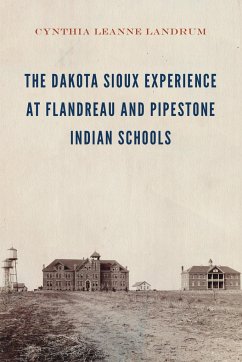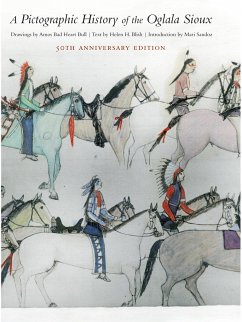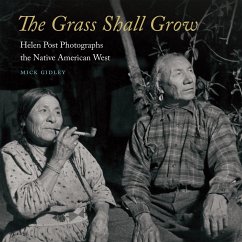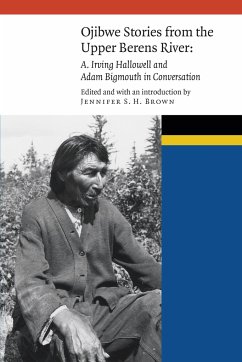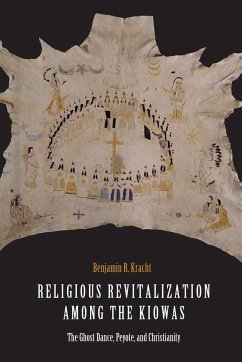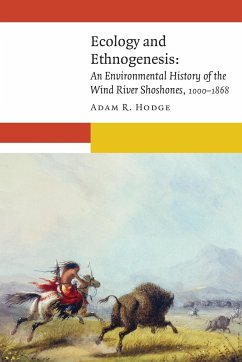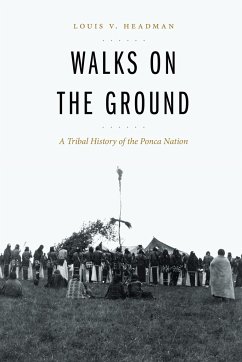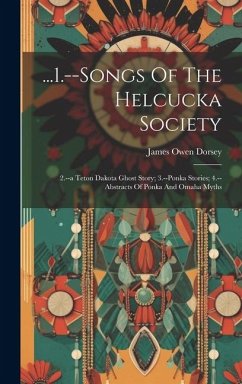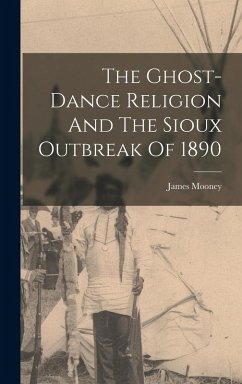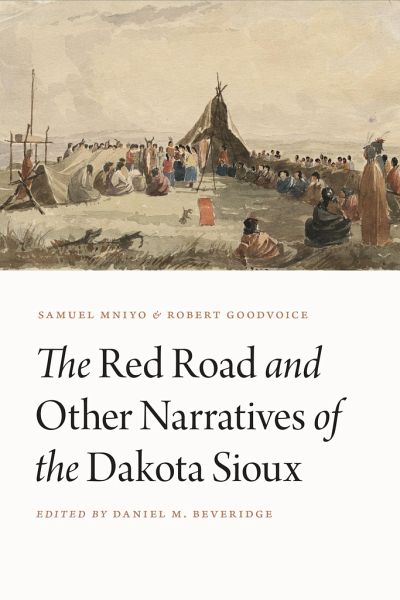
The Red Road and Other Narratives of the Dakota Sioux
Versandkostenfrei!
Versandfertig in über 4 Wochen
71,99 €
inkl. MwSt.
Weitere Ausgaben:

PAYBACK Punkte
36 °P sammeln!
The Red Road and Other Narratives of the Dakota Sioux presents the Red Road and the Holy Dance (also called the Medicine Dance), two of the most important traditions of the Dakota people, as told by Samuel I. Mniyo and Robert Goodvoice, two Dakota men from the Wahpeton Dakota Nation near Prince Albert, Saskatchewan, Canada.




